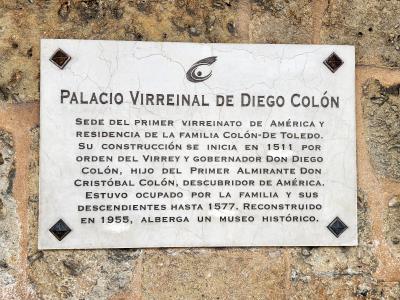Day 3 6/8/2023
Santo Domingo
Frank's Trip
CLICK on any image to enlarge - use mouse cursor to move enlargement it if doesn't fit area
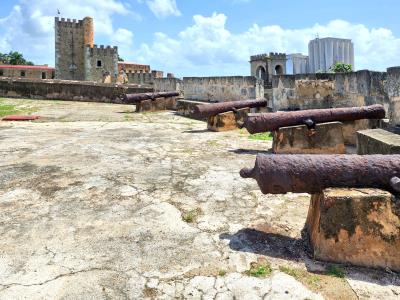
 SANTO DOMINGO & the Island of Hispanola
SANTO DOMINGO & the Island of Hispanola
This is where the NEW WORLD began
and for indigenous peoples, where their world began to end
Today - The Oldest Street - Calle Las Damas
This day was spent on Calle Las Damas. This was the first paved street in the Americas created in 1502. The first stone houses - of important people, of course - were built here. There aren't pictures of 'The Street' as such, but of the sights along thre street - many of them 'firsts' in their own right.
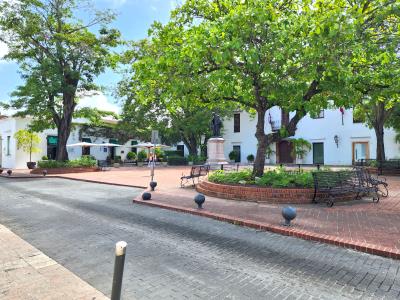
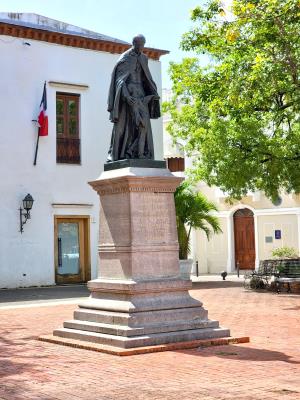
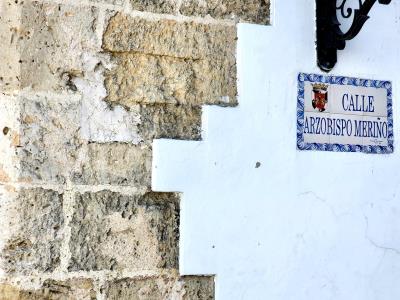
Casa Tostado & Padre Billini Square
Casa Tostado was built in the earliest days, prior to 1510, and now houses a museum. It belonged to Francisco Tostado, Scribe of the Royal Audience. The small square pays homage to Francisco Billini, a philanthropist and educator who founded the first alms house.

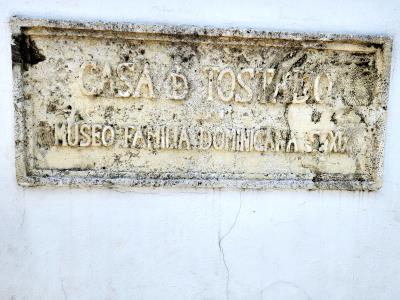
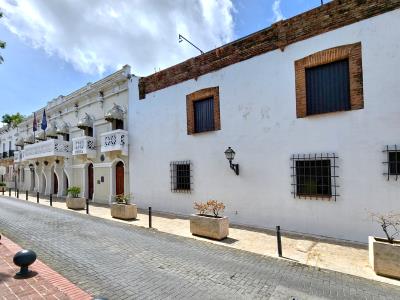
Fortaleza Ozama
The Fortaleza Ozama is a sixteenth-century castle which lies at the entrance to Santo Domingo overlooking the Ozama River. Named after this river, the castle, also referred to as "La Fortaleza" or "The Fortress", is the oldest formal military construction still standing in the Americas.
Construction began in 1502. Over time the castle housed several eminent personalities. The fort also served as a prison and many captives had their last breaths here. Over its 500 year history, there was more service as a prison than as a fort.
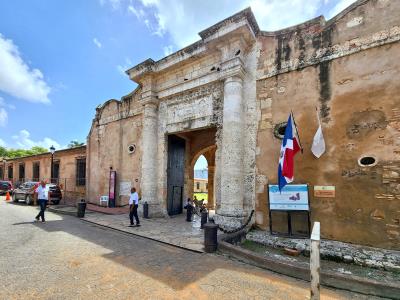
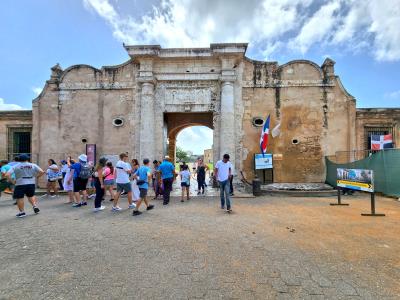
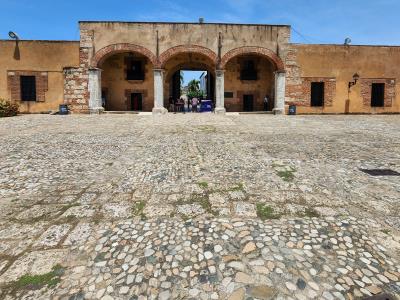


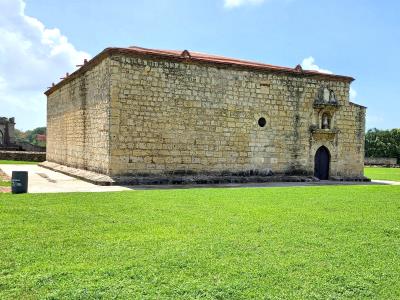
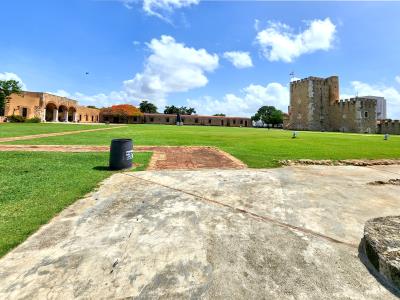
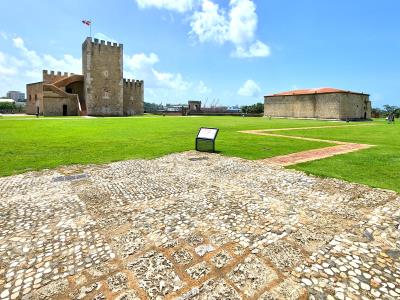
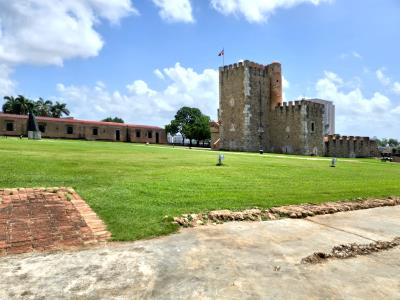
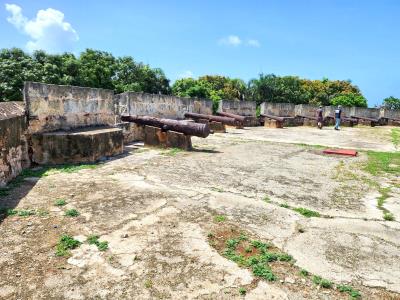


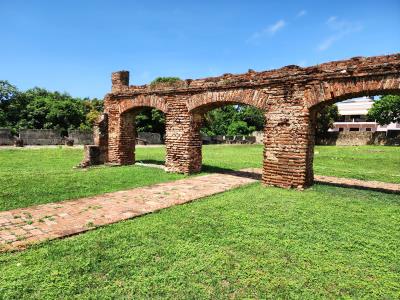
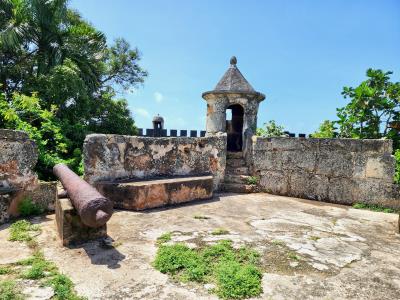
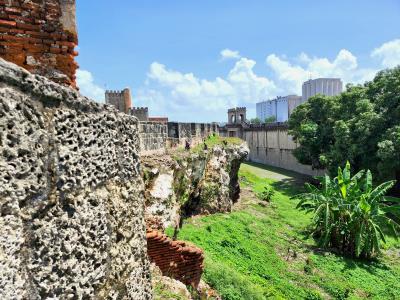
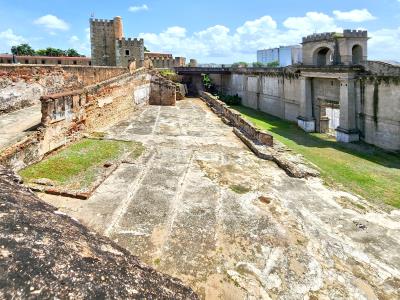
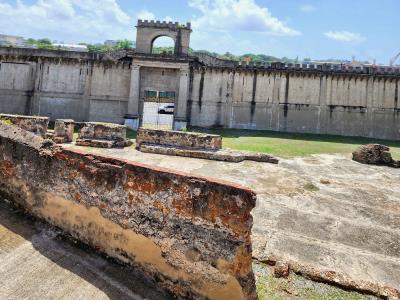

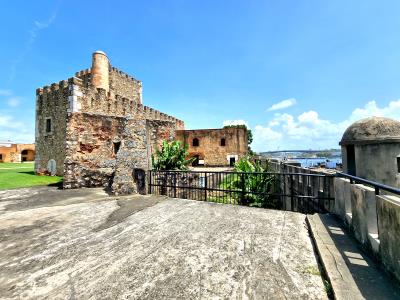
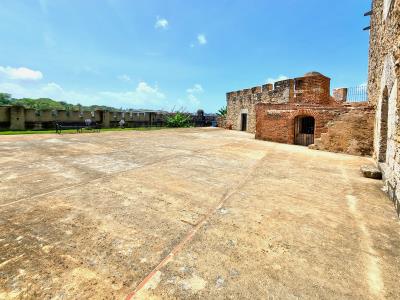
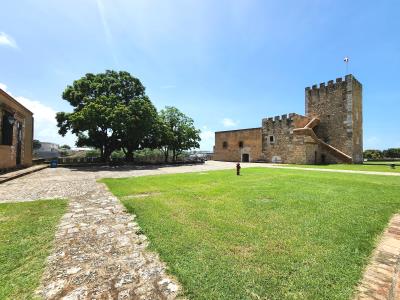
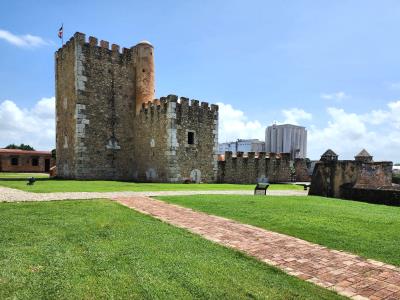

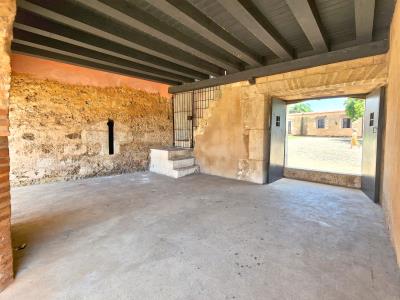
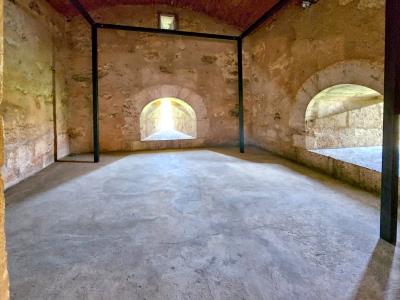
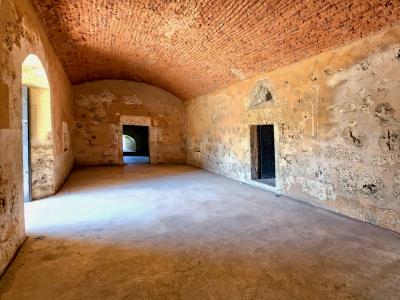

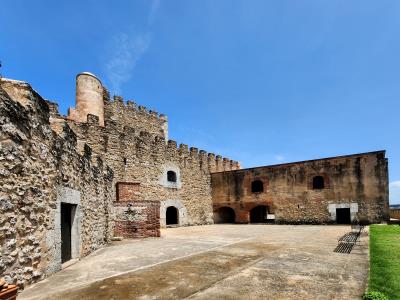


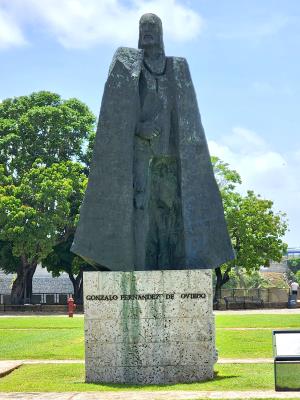

The 'Great Captain' was possibly the most prestigious military man of his time.
The Oldest Street - Calle Las Damas
This was the first paved street in the Americas created in 1502. The first stone houses - of important people, of course - were built here. There aren't pictures of 'The Street' as such, but of the sights along thre street - many of them 'firsts' in their own right. Everything on this page is on or by Calle Las Damas.
The name came because the ladies of the court (las damas) of Dona Maria de Toledo (wife of Diego Colombus - who was the son of Christopher Colombus) lived on it.

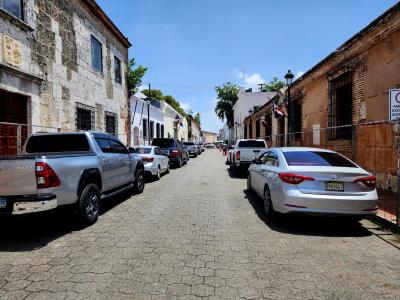
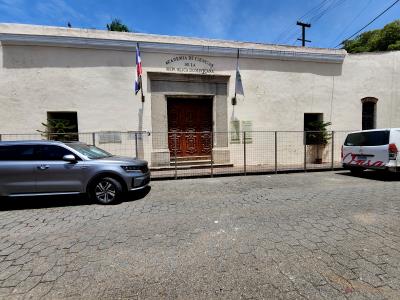
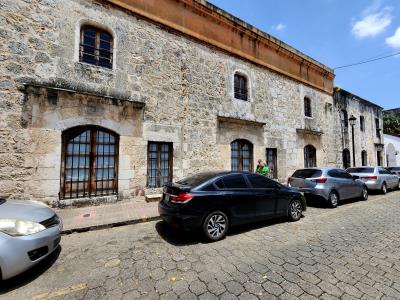
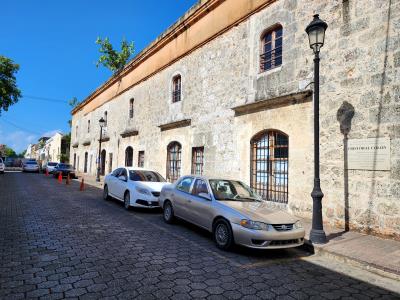
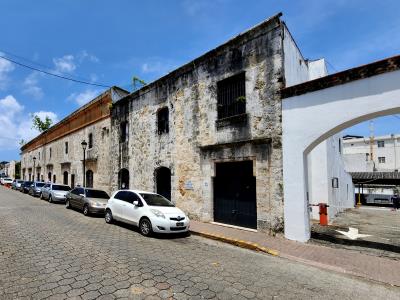
Casa de Cordon - The Cord House
This is the first stone-built house of America, dating back to 1502. It is called the Cord House because it has a stone cord as ornament in its façade, around the front door.
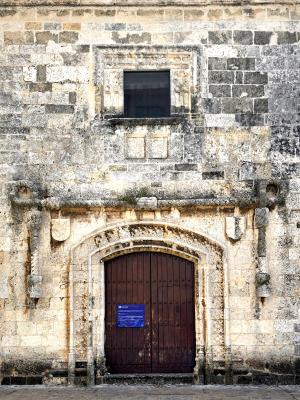

Panteón Nacional
The National Pantheon was built from 1714-1746 by the Spaniard Geronimo Quezada y Garçon and was originally a Jesuit church. Jesuits held mass here from 1746-1767. After 1767 it was used as a tobacco warehouse, government offices, and then as a theater. Today the structure stands as a national symbol of the Dominican Republic and serves as the final resting place of the Republic's most honored citizens.
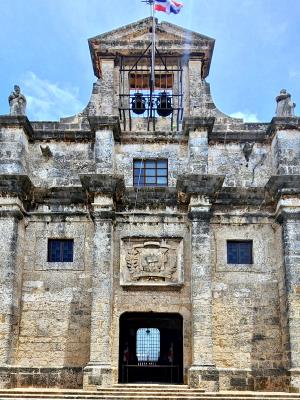
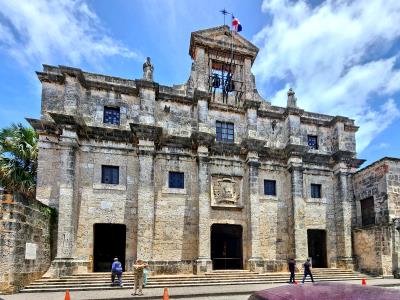


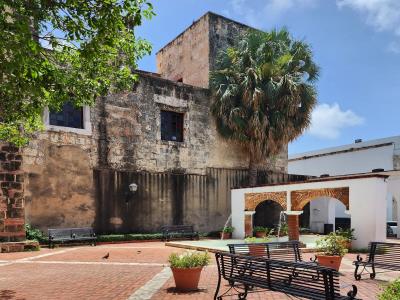
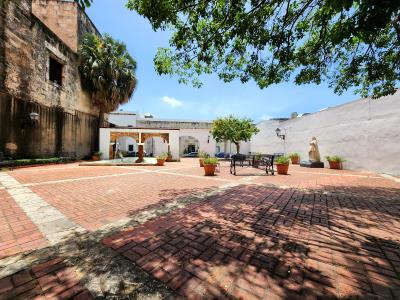
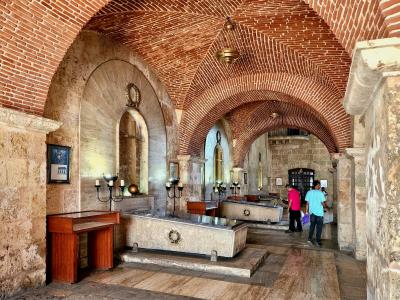
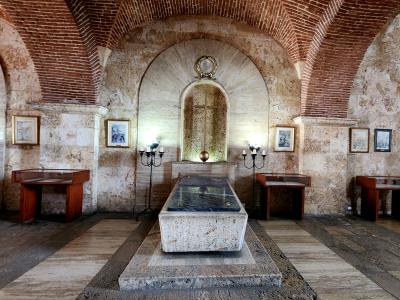
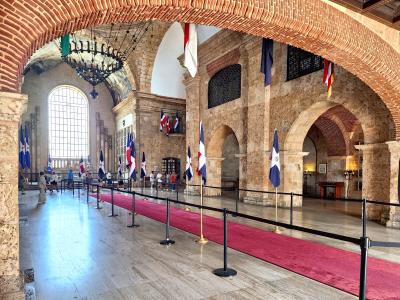
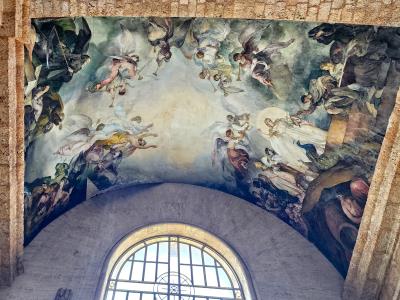
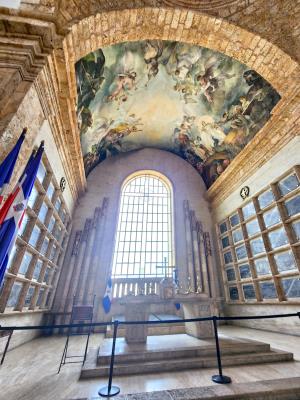
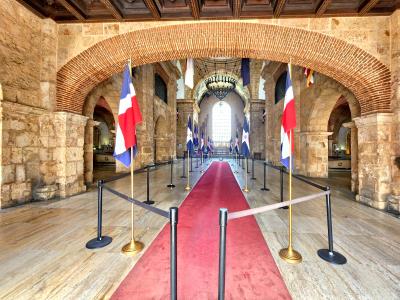
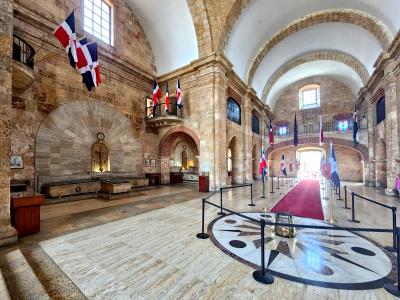
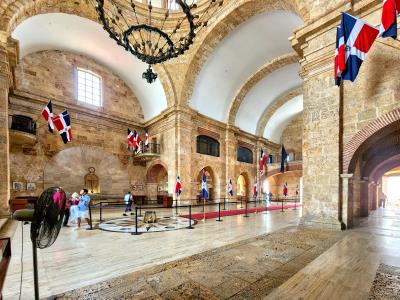
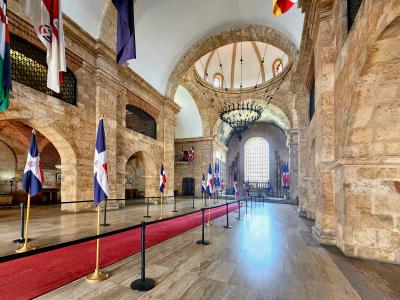
Video: Panteon Nacional / Pantheon of the Fatherland
The interior of this ancient building converted to honor more recent national heroes.
Click [ ] icon for full screen
Maria de Toledo Square
It was built on the ruins of two houses of the sixteenth century, rose in honor of the first viceroy of the Indies, Maria de Toledo, (1490-1549) married to Diego Columbus, firstborn son of Christopher Columbus, granddaughter of the I Duque de Alba and nephew of the II Duke of Alba, cousin of the King Ferdinand the Catholic. She was the lady of highest nobility to arrive to the first city of the New World.
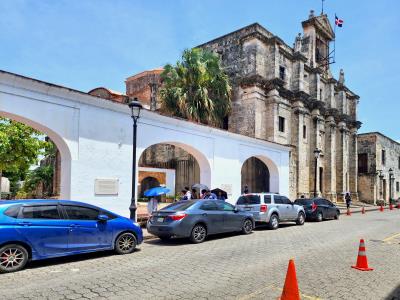
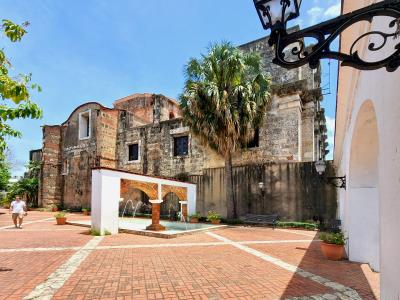
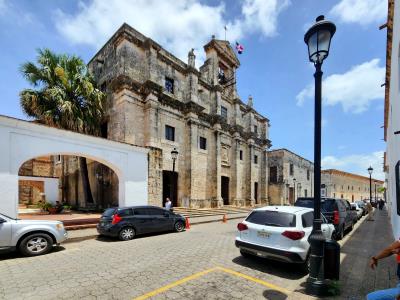
Capilla de Nuestra Senora de los Remedios / Chapel of Our Lady of Remedies
Originally built in the 16th century by the Dávila family, the 500-year old chapel was intended as a private religious shrine, where prominent Spanish families would congregate for prayers.
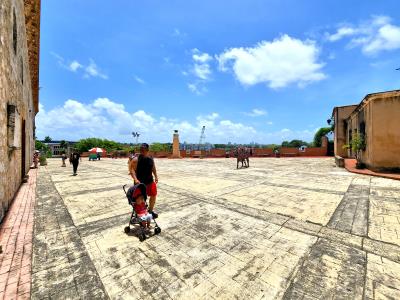
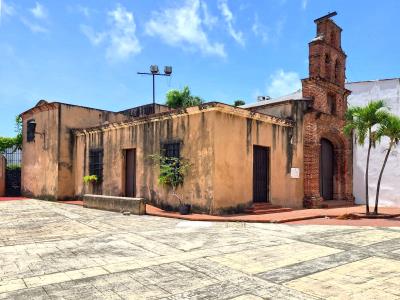
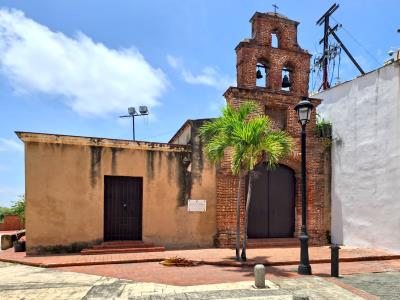
Museo de las Casas Reales / Museum of the Royal Houses
The building dates back to the sixteenth century (1511). It is one of the important cultural monuments built during the colonial era in Hispaniola, now the Dominican Republic. It is located in the Colonial district of Santo Domingo.
It was the Palace of the Real Audiencia of Santo Domingo, called then Edificio de las Casas Reales, and it is the first (oldest) headquarters of Spanish power in the New World.


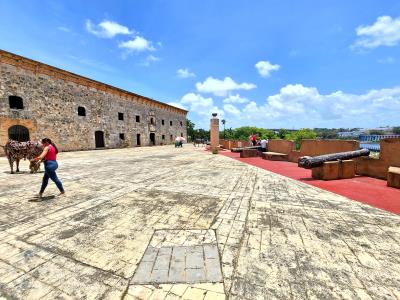
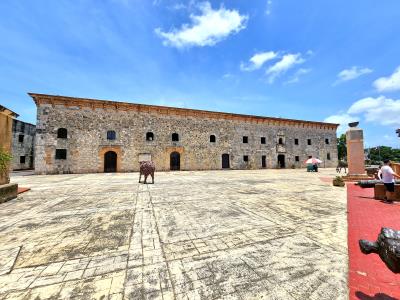

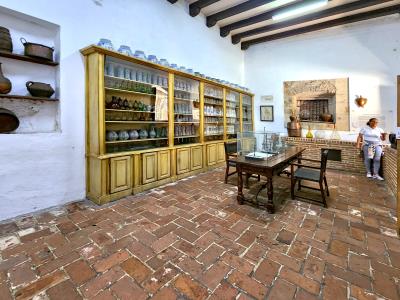

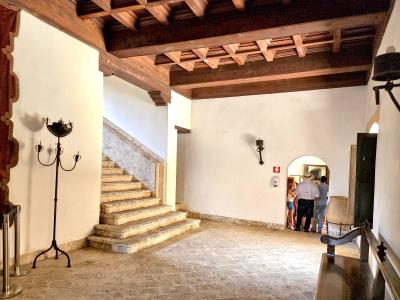


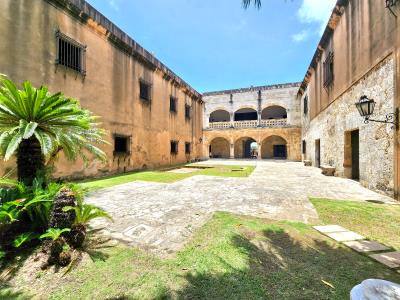
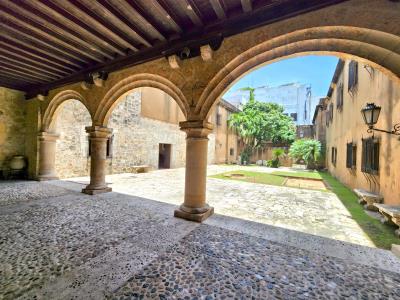
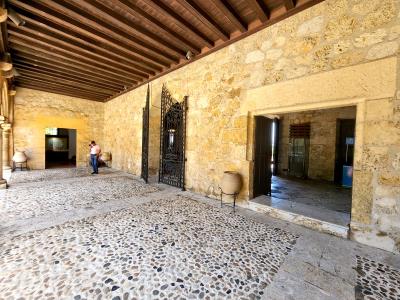

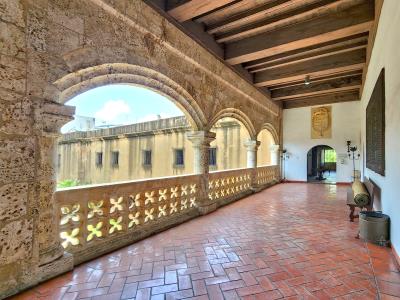
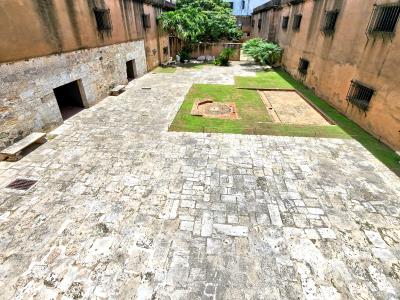
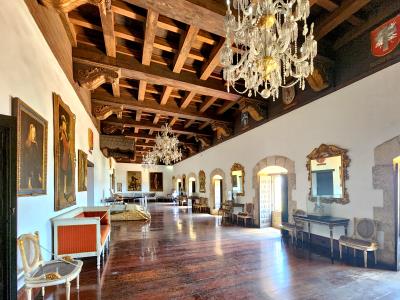
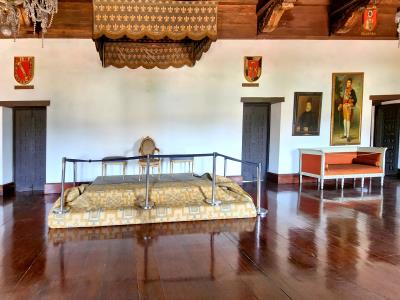

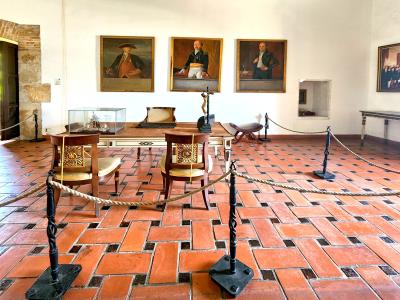
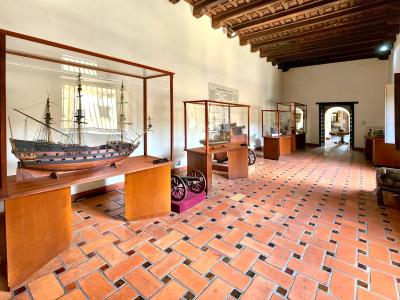
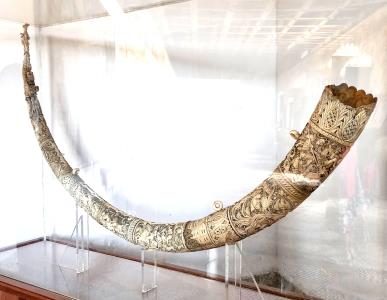
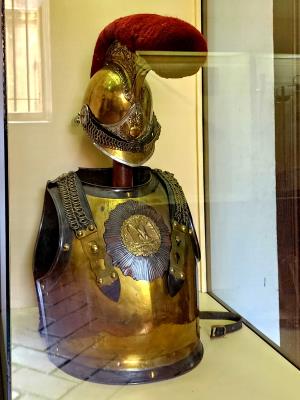
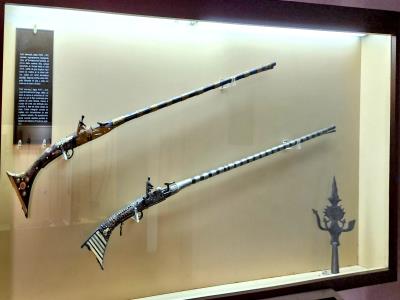
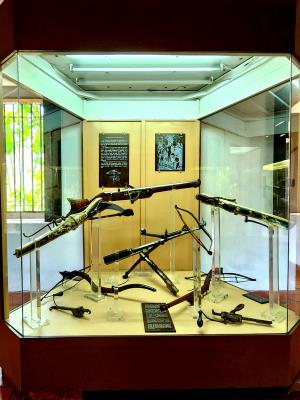
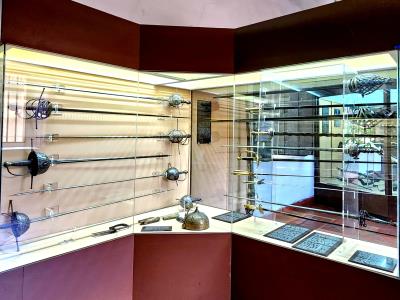
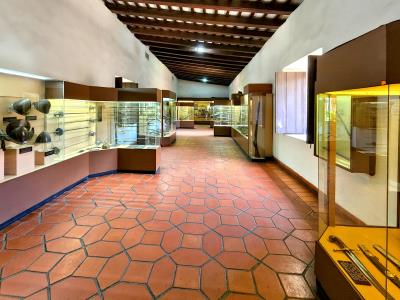
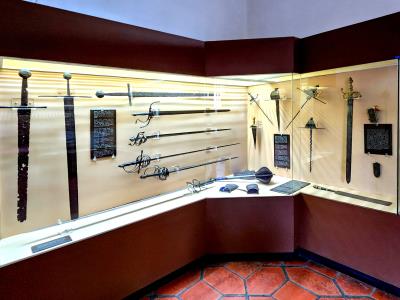
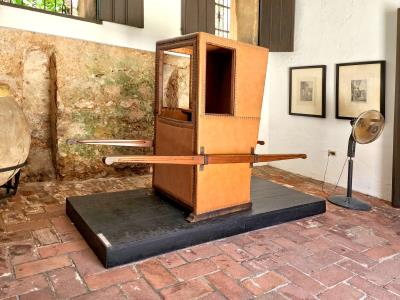



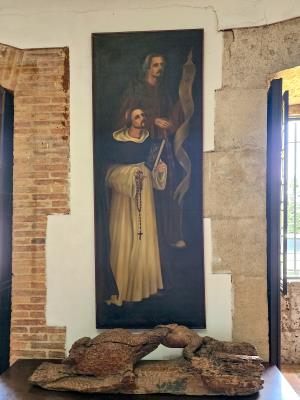
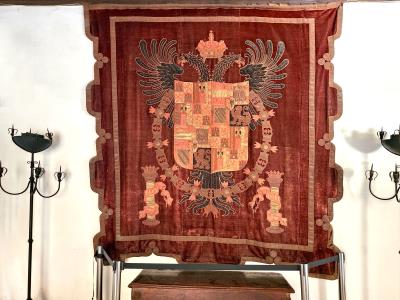
Plaza de la Hispanidad
Located in front of the Alcázar de Colón, this monumental square hosts the statue of the founder of the city, Nicolás de Ovando.
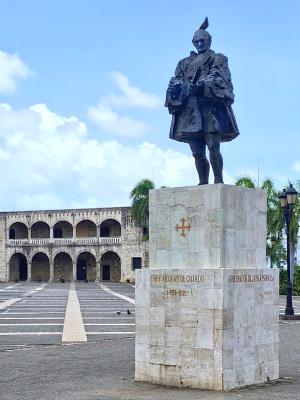
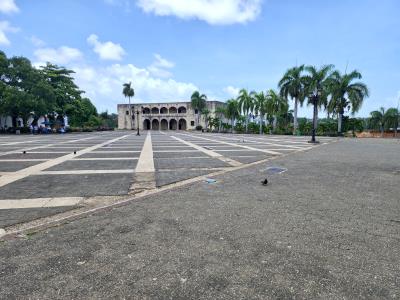
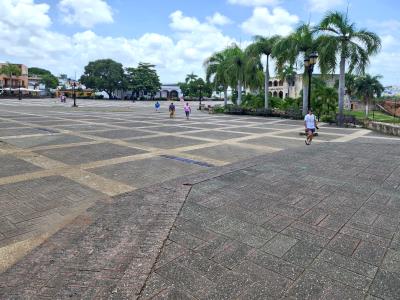

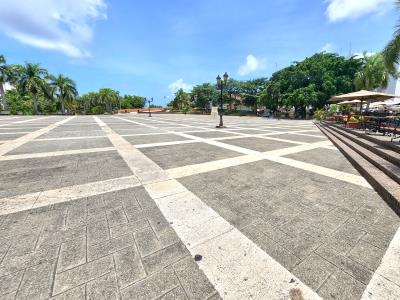

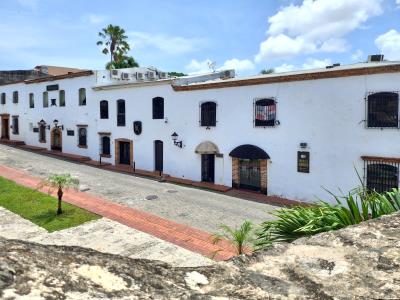


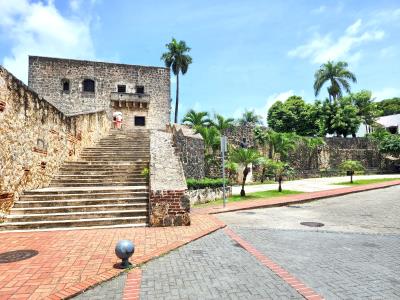
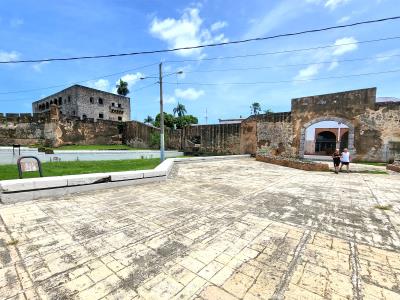
Puerta de San Diego
The Puerta de San Diego or Puerta de la Mar is an important part of the monuments of the Colonial Zone of Santo Domingo . As its name indicates, this gate was the main entrance to the city from the port located on the Ozama River. Built in the middle of the 16th century by the architect Rodrigo de Liendo, this door was emblazoned with the shield of the King, the Island of Hispaniola and the City of Santo Domingo, and is flanked by two columns
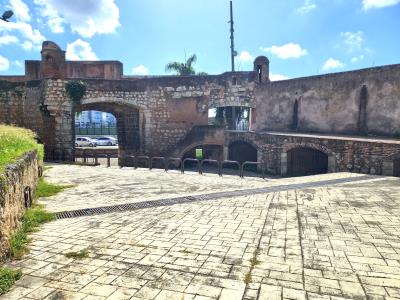

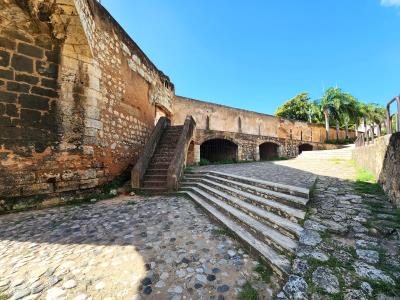




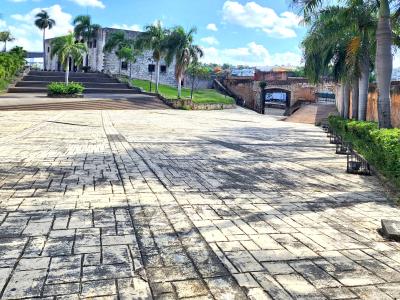
Alcázar de Colón
Unfortunately, the interior was closed for renovations when I was there.
This was the first fortified European palace built in the Americas. The palace is an impressive construction of coralline blocks that once housed some fifty rooms and a number of gardens and courtyards, although what remains today is about half the size it once was. It was built under Diego Colón, the son of Christopher Columbus; when he became Viceroy of La Española and the Indies in 1509, he ordered the construction of a family home and governor’s mansion between 1510 and 1512.
During the early Spanish colonial period, the mansion occupied a very important place in history. It was from here that many expeditions of conquest and exploration were planned.


